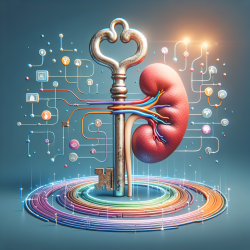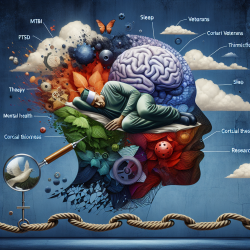Introduction
In the contemporary landscape of adolescent health, mental well-being is a paramount concern. The research article titled "Physical inactivity during leisure and school time is associated with the presence of common mental disorders in adolescence" provides compelling evidence linking physical inactivity with mental health challenges among adolescents. This blog post aims to highlight the key findings of this study and offer actionable insights for practitioners working with young individuals.
Key Findings
The study conducted by Ferreira et al. (2020) involved a comprehensive analysis of 73,399 adolescents aged 12–17 years in Brazil. The research revealed several critical insights:
- Adolescents who reported no physical activity during leisure time had a 16% higher chance of developing common mental disorders compared to their active peers.
- The prevalence of mental disorders was significantly higher among adolescents who did not participate in sports (37.2% vs. 25.9%) or physical education classes (39.5% vs. 29.6%).
- Engaging in physical activity during leisure time, irrespective of the duration and frequency, reduced the likelihood of mental disorders by 26%.
Implications for Practitioners
For practitioners, these findings underscore the importance of integrating physical activity into therapeutic and educational frameworks for adolescents. Here are some strategies to consider:
- Encourage Regular Physical Activity: Advocate for at least 300 minutes of moderate to vigorous physical activity per week, aligning with WHO recommendations.
- Promote School-Based Physical Education: Collaborate with educational institutions to ensure that physical education is a core component of the curriculum.
- Facilitate Access to Sports Programs: Develop partnerships with local sports organizations to provide adolescents with opportunities to engage in team sports.
- Educate on Mental Health Benefits: Raise awareness among adolescents and their families about the mental health benefits of regular physical activity.
Encouraging Further Research
While this study provides valuable insights, further research is needed to explore the nuances of physical activity's impact on mental health. Practitioners are encouraged to engage in or support research initiatives that investigate:
- The long-term effects of physical activity on mental health outcomes.
- The role of different types of physical activities (e.g., team sports vs. individual exercises) in mental health improvement.
- The impact of socioeconomic factors on access to physical activity resources.
To read the original research paper, please follow this link: Physical inactivity during leisure and school time is associated with the presence of common mental disorders in adolescence.










